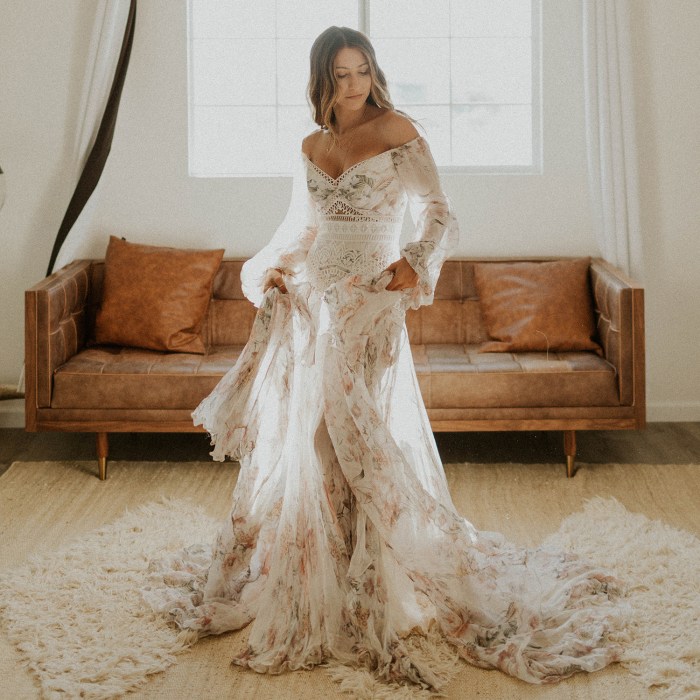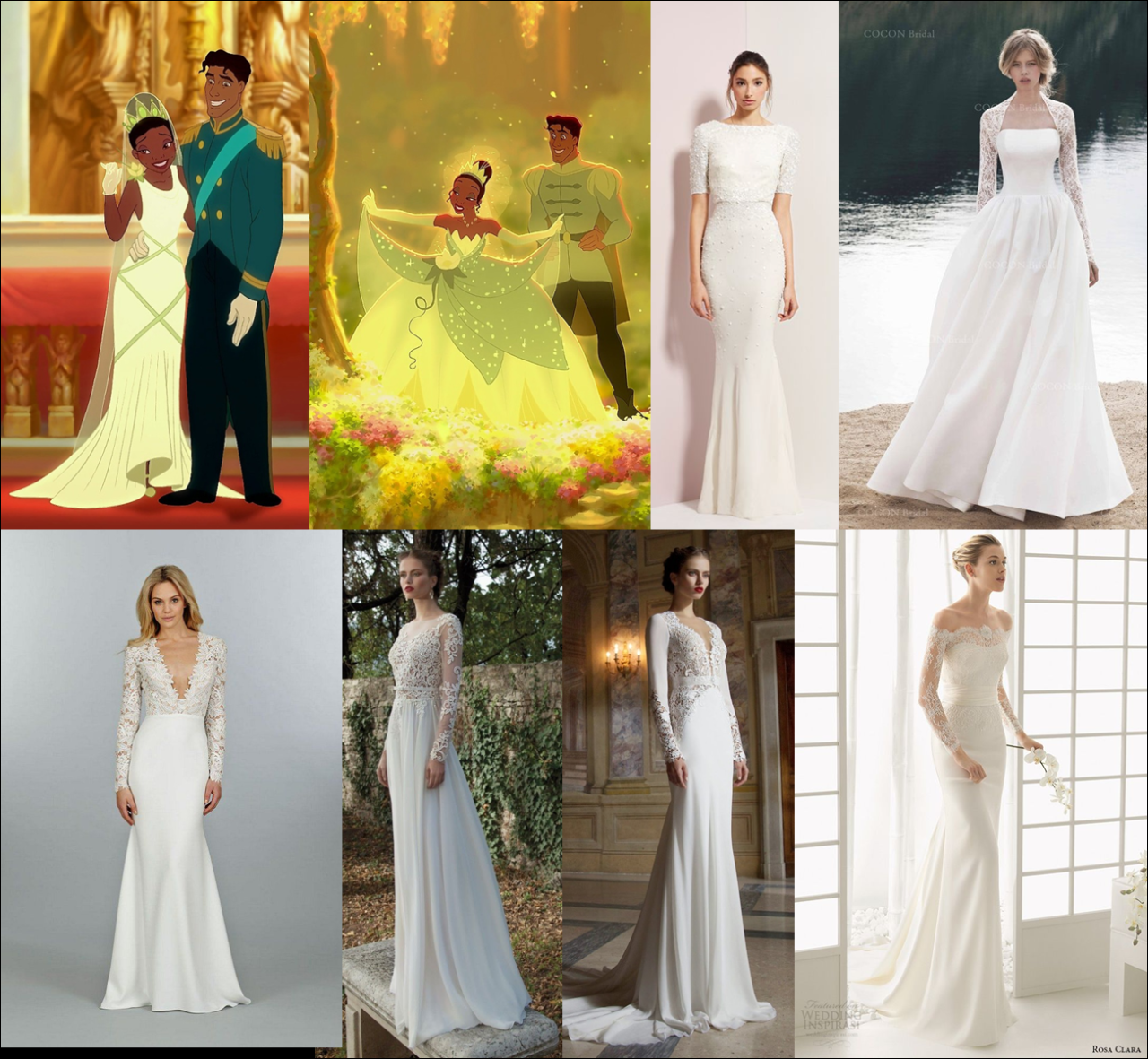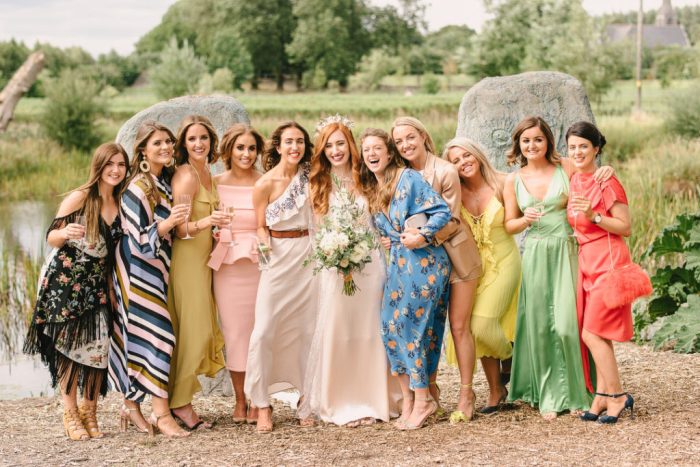Understanding Wedding Dress Costs: Average Cost For Wedding Dress
Average cost for wedding dress – The cost of a wedding dress is a significant factor in wedding planning. This article explores the various elements influencing the price, offering insights into average costs and helping brides-to-be make informed decisions.
Defining “Average Cost”
The average cost of a wedding dress is highly variable. Several factors contribute to this price fluctuation. These include the style of the dress, the materials used, the designer, and the retailer.
The average cost of a wedding dress varies greatly, depending on factors like designer, fabric, and embellishments. However, considerations expand when looking at specialized styles such as those showcased in stunning examples of african wedding dress plus size options, which may influence the overall price range. Ultimately, budgeting for your dream dress requires careful planning regardless of style or size.
Price Ranges Based on Dress Style: Ballgowns, often featuring elaborate details and substantial fabric, typically range from $1,500 to $5,000 or more. A-line dresses, offering a more classic and versatile silhouette, generally fall between $1,000 and $3,000. Sheath dresses, known for their sleek and form-fitting design, often have a lower price point, typically ranging from $800 to $2,500.
Materials and Their Impact on Cost: The choice of fabric significantly impacts the price. Silk, lace, and beading are luxurious materials that increase the cost, while satin, tulle, and chiffon offer more budget-friendly alternatives. For instance, a dress made from heavy silk charmeuse will be considerably more expensive than one made from polyester satin.
Designer vs. Non-Designer Dresses: Designer dresses from well-known brands command higher prices due to brand recognition, craftsmanship, and exclusive designs. These dresses can range from $3,000 to upwards of $10,000 or more. Non-designer dresses offer a more affordable option, generally falling within a lower price range.
Geographical Variations
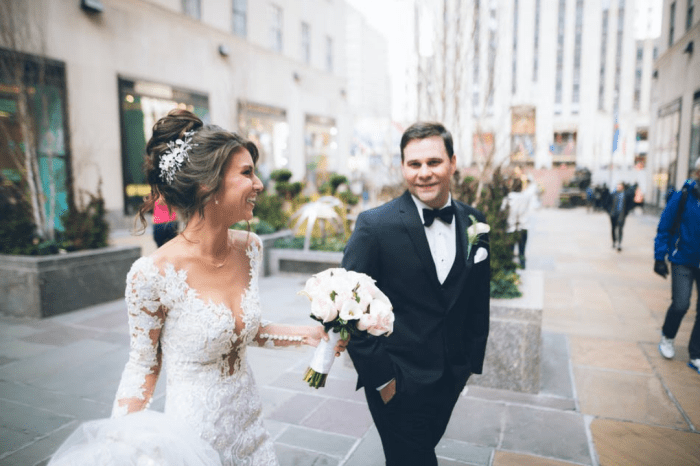
Source: ctfassets.net
Wedding dress prices vary considerably across different regions. This is influenced by local economic conditions, cost of living, and even regional preferences for specific dress styles.
Local Economic Conditions and Pricing: Areas with higher costs of living tend to have higher average dress prices. Conversely, areas with lower costs of living may offer more affordable options.
Location and Dress Style Popularity: Certain styles may be more popular in specific regions. For example, a particular style might be more prevalent in a region known for its fashion-forward trends, potentially influencing pricing.
| City | Average Cost (USD) |
|---|---|
| New York City | $2,500 – $4,000 |
| Los Angeles | $2,000 – $3,500 |
| Chicago | $1,800 – $3,000 |
| Houston | $1,500 – $2,500 |
Retailer Type and Pricing
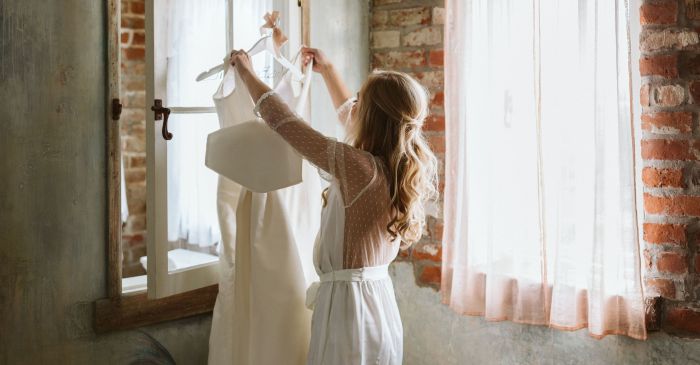
Source: brides.com
The type of retailer significantly impacts the price and overall experience. Bridal boutiques, online retailers, and department stores each offer a unique value proposition.
- Bridal Boutiques: Often offer personalized service, a wide selection of designer dresses, and expert alterations. However, they usually come with a higher price tag.
- Online Retailers: Provide convenience and often lower prices due to reduced overhead costs. However, the lack of in-person consultations and the need for careful sizing and shipping considerations are drawbacks.
- Department Stores: Offer a wider range of price points and styles, often including both designer and non-designer options. However, the level of personalized service may be less extensive than at a bridal boutique.
Sample Dresses vs. New Dresses: Sample dresses are pre-owned dresses from the retailer’s collection. They are typically sold at a significant discount, but may require alterations or cleaning. New dresses are unaltered and unworn.
Additional Costs Beyond the Dress

Source: bridebook.com
Beyond the dress itself, several additional costs must be factored into the budget. These associated expenses can significantly increase the overall cost.
- Alterations: Expect to budget for alterations, which can range from $100 to $500 or more, depending on the complexity of the adjustments needed.
- Accessories: Veils, jewelry, shoes, and undergarments can add several hundred dollars to the total cost.
- Shipping: If ordering online, shipping costs must be considered.
Typical Percentage of Wedding Budget: The wedding dress and associated costs typically account for 8-15% of the total wedding budget.
Hypothetical Budget Breakdown: For a $30,000 wedding budget, the dress and related expenses might be allocated as follows: Dress ($2,500), Alterations ($300), Accessories ($500), totaling $3,300 (11% of the total budget).
Cost-Saving Strategies: Consider borrowing or renting accessories, opting for simpler alterations, or purchasing a dress from a sample sale.
Visual Representation of Data, Average cost for wedding dress
The distribution of wedding dress costs can be visualized using a histogram. The x-axis would represent price ranges (e.g., $0-$500, $501-$1000, etc.), and the y-axis would represent the frequency of dresses within each price range. The histogram would likely show a right-skewed distribution, with a longer tail towards higher prices, indicating a higher concentration of dresses in the lower price ranges and fewer dresses in the higher price ranges.
The median would likely be lower than the mean, reflecting the influence of high-priced outliers. The standard deviation would indicate the spread or variability of the data. Outliers might include very expensive designer gowns or unique, bespoke creations.
Data for this visualization could be collected through surveys of brides, retailer price data, and analysis of online wedding dress marketplaces.
FAQ Compilation
Can I negotiate the price of a wedding dress?
Negotiating is possible, particularly at independent boutiques or during sample sales. However, it’s less common with major designers or online retailers.
What is the best time of year to buy a wedding dress?
Sample sales and end-of-season sales often offer discounts, making late winter or early spring ideal times to shop.
How much should I budget for alterations?
Plan for 10-15% of the dress price for alterations, potentially more for extensive adjustments.
Are there financing options for wedding dresses?
Some bridal boutiques offer in-house financing plans, while others may accept major credit cards.






